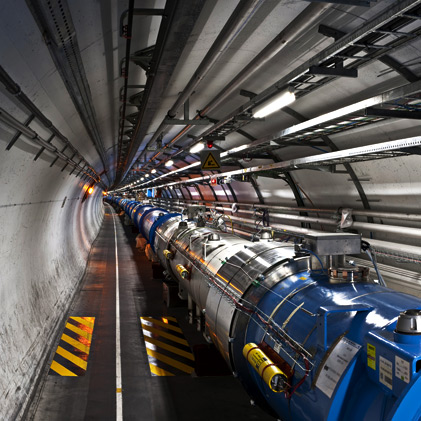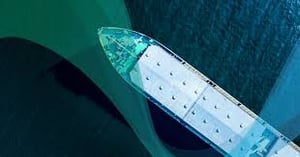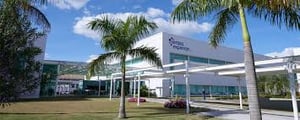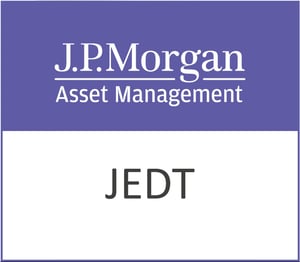Helium One Global Ltd (LON:HE1) Chief Executive Officer David Minchin caught up with DirectorsTalk for an exclusive interview to discuss drilling next year, delays getting the rig & the rig audit, warm equipment, relinquishing certain licenses and the outlook for helium markets.
Q1: David, I see that Helium One are targeting drilling for next year now. Could you just talk us through the decision? Is this a change of plan?
A1: Well, as you know, with oil over a $100 per barrel, this has been the tightest rig and services market of the last 20 years and it’s hard in these circumstances to get equipment from productive oil and gas basins out to East Africa where there’ll be stranded. So, we’ve had to work very hard to bring us to this start date targeted in January or February of 2023.
It’s a slippage in time, that’s for sure, but not only have we delivered this fit for purpose rig equipment, but we’ve also delivered a cost effective exploration programme by agreeing to bring Baker Hughes’ equipment off an existing operator. We’re saving a considerable amount of money in terms of mobilisation of this equipment so rather than making a bespoke services set with equipment from all over the world, which would cost a lot of more money and be logistically complex, we’re able to move a single package across and that saves us an absolute fortune.
So, everything that we’ve done has been done to look after the investor’s money and make sure that we deliver an operation which is fit for purpose and can make a discovery in Rukwa basin in January or February 2023.
Q2: Why has it taken so long to get the rig and complete the audit? Has the rig audit been necessary?
A2: Let me answer that with my emotional side and my logical side. So, from an emotional point of view, yes, I’m frustrated, but it takes so long to order the rig. However, logically speaking, it’s been the best thing that we’ve done.
I’m delighted that all the issues, with the electrical issues and mechanical issues that we’ve identified and we’ve been able to repair them in the yard where it’s much, much cheaper and much faster to do compared to a similar delay from the rig breaking down in the field.
So, I’m over the moon that we’ve had the audit, I’m over the moon that the audit has identified these issues and I’m happy to say that the rig is being repaired and these issues are resolved, allowing us to complete the audit quite soon.
Q3: Now, I note in the update, it says that you have warm equipment. What did you mean by that and why is it good for the business?
A3: So, the equipment that we are taking from Baker Hughes has already been in operation.
Baker Hughes are world leaders in terms of downhole evaluation and they’re excited to bring their technical expertise, honed through all their experience in the oil and gas market, to apply it to a new product in helium. I’m delighted that all of their experts are able to assist with all of differences from a helium system compared to a hydrocarbon system in its response in downhole geophysics.
The equipment’s warm meaning that it’s a full set of equipment because it’s already been operating, and all the parts of that equipment have recently run and recently been tested. This means that we’ve got a full set of staff and consultants on that equipment who know how it operates and all the maintenance issues which can cause delays during operation have been removed from the equation.
Last year, we were very, very close to announcing a discovery, we’d seen those helium shows in reservoirs, especially down in the crew, where we had a 130 meter thick ceiling unit above a good quality reservoir and we had five helium shows beneath that ceiling unit that we weren’t able to test. This was because we weren’t able to get wire lines down the hole.
By bringing in Baker Hughes and all of our equipment and all of our expertise that removes that risk from the operational equation and gives us the best chance possible of making a discovery in early 2023.
Q4: I see that you’ve relinquished certain licenses. Can you tell us why that was?
A4: It’s quite normal during an exploration programme, as you have more data and you analyse more data, then you’ll drop the least perspective parts of your licenses.
We were coming to a renewal period, we reviewed all of our basin, all of the ground that we had, and we decided that there was large swathes of land which were either offshore with no prospective closures or which were onshore, which were identified as basement in the review. So if it’s basement at the surface, it means if there’s no chance for reservoir and trap to form above that basement.
So, basically being prudent with our capital as we are, it made sense for us to drop the areas of zero prospectivity and to save the money, which would otherwise be spent on license fees to finance the exploration of our remaining high prospectivity leads and prospects.
This is a very sensible approach because every penny which is saved in overheads is money which can be spent in exploration. I’ve always been very keen to look after investors’ money as if it’s my own and by focusing our license holding on the areas of highest prospectivity, we’re able to commit ourselves to cost effective exploration over those targets.
We’re very excited with the prospectivity of Rukwa and I see this phase II drilling at Tai as key to unlocking the entire province. The market requires a new source of primary helium and we are heading in that direction.
Q5: Could you just tell us how the helium markets are?
A5: With the Russian invasion of Ukraine, it’s effectively knocked 2 billion cubic feet of new supply off the helium market, or the gas majors are pulled out of Russia and constructions which were going go ahead in Siberia are not going go ahead. This has left a huge gap and there’s no light at the end of a tunnel for end users.
We’ve seen this reflected in pricing, we’ve seen the long term contract price into China from Qatar is now over $400 per MCF. We’ve also seen a window into spot pricing with the Argonon auction, Argonon are a small company trying to develop a spot market for helium and they were selling ex-works out of South Africa from a new plant at $850 per MCF average. That translates to a delivered price into USA and China of over $1,000 per MCF. When we started Helium One Global back in 2016, the helium price was $150 to $200 per MCF so there’s been dramatic price increases in the last six months and I can’t see that good going away anytime.
When we make our discovery, we will be in a position of being able to very cheaply develop and quickly develop a new source of primary helium, which the market desperately needs.






































